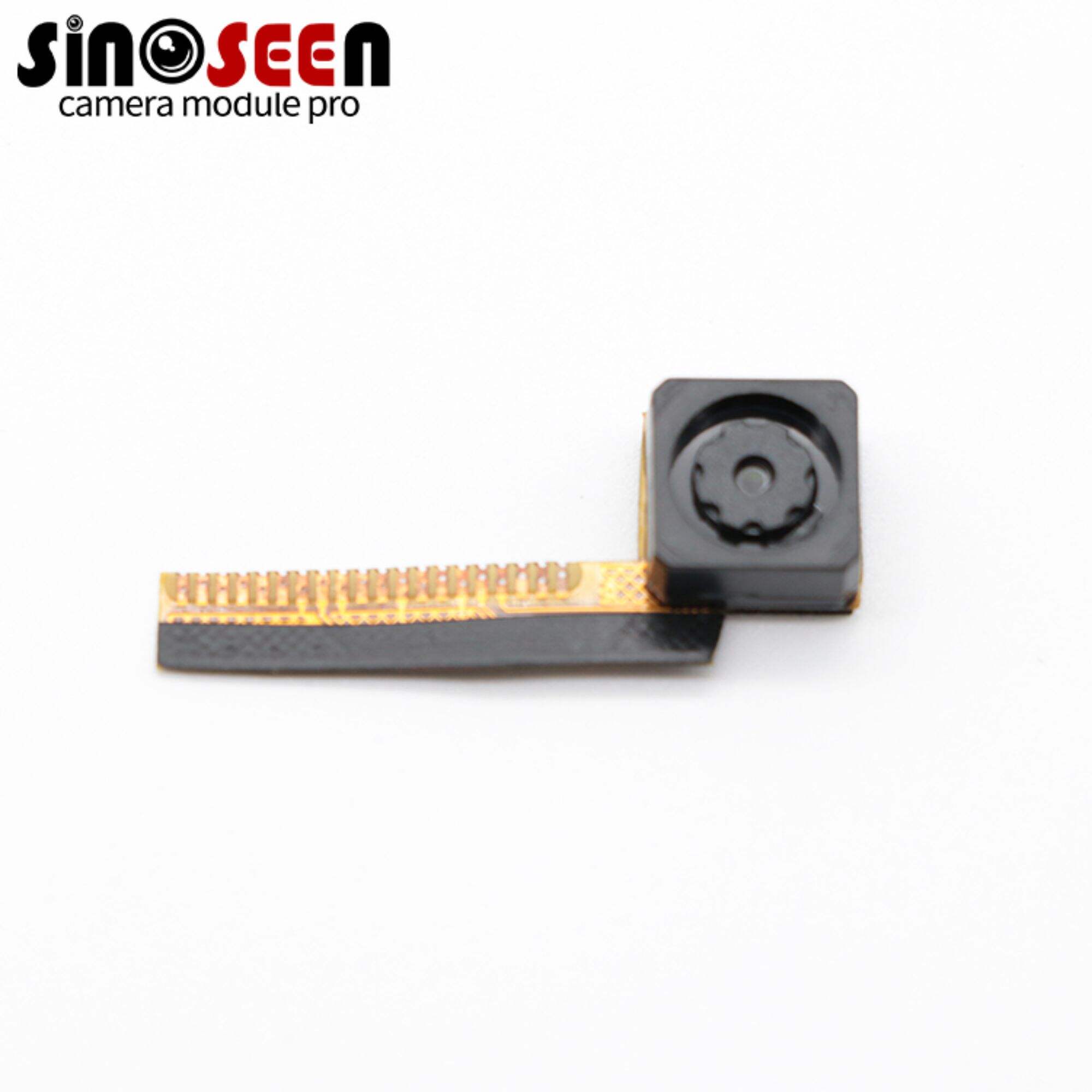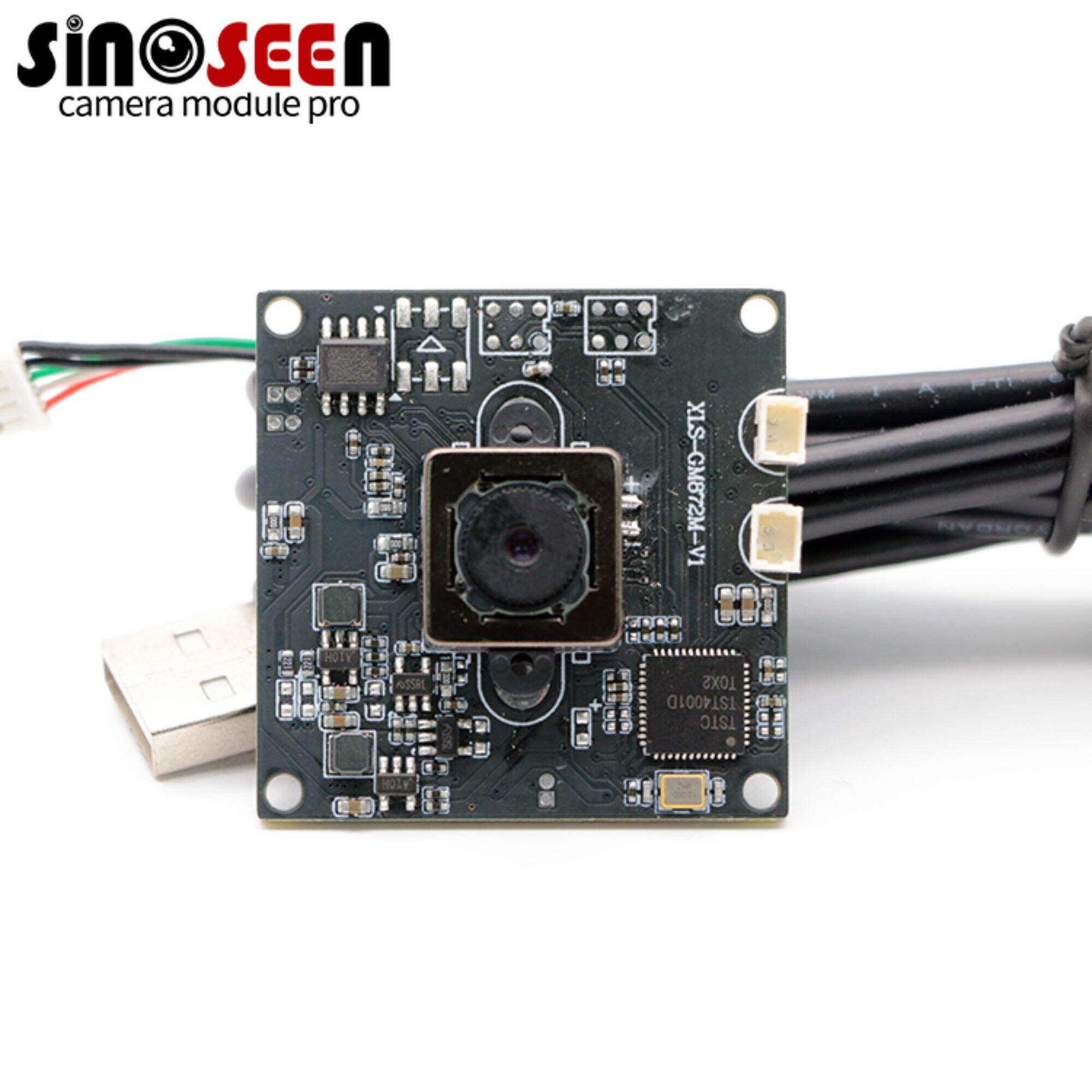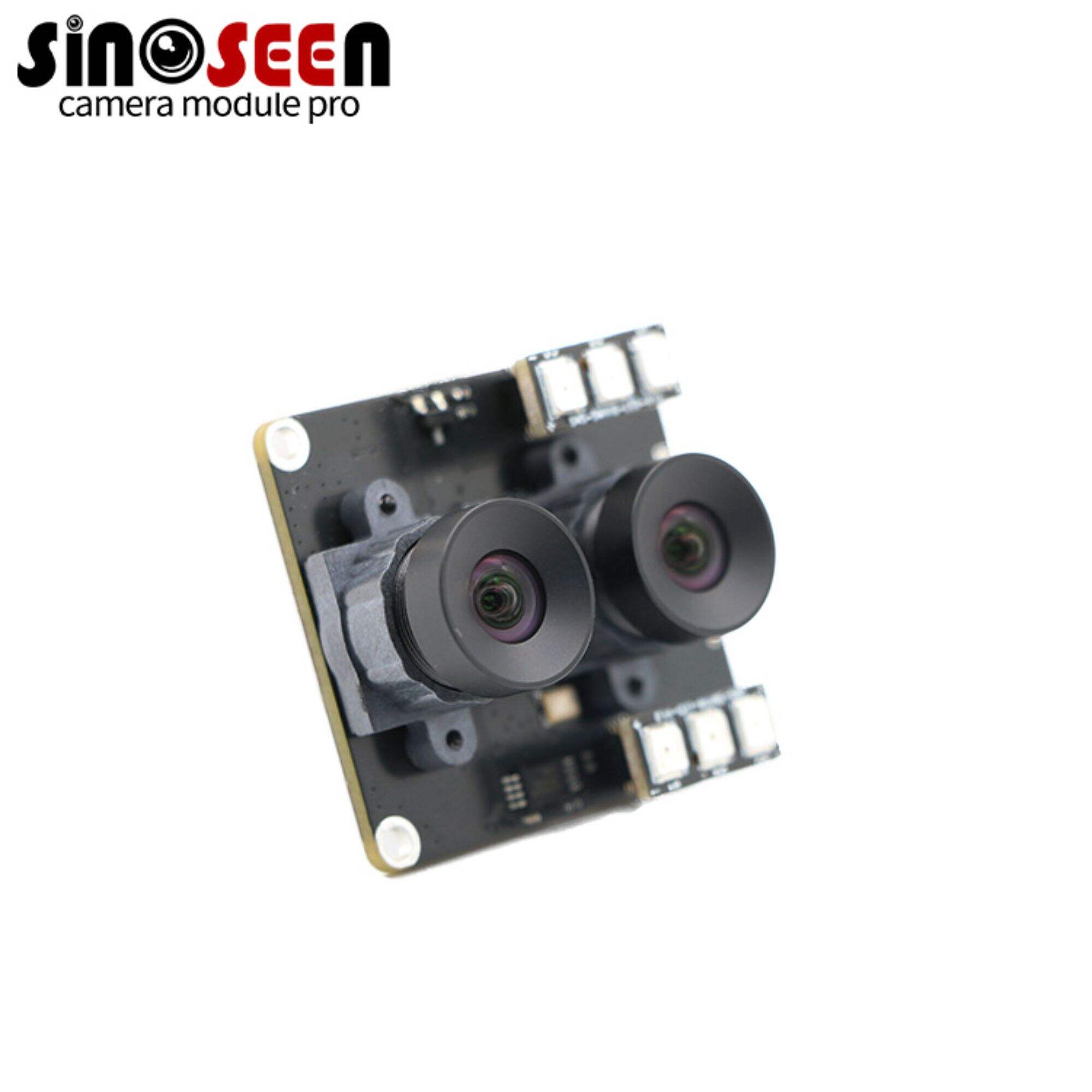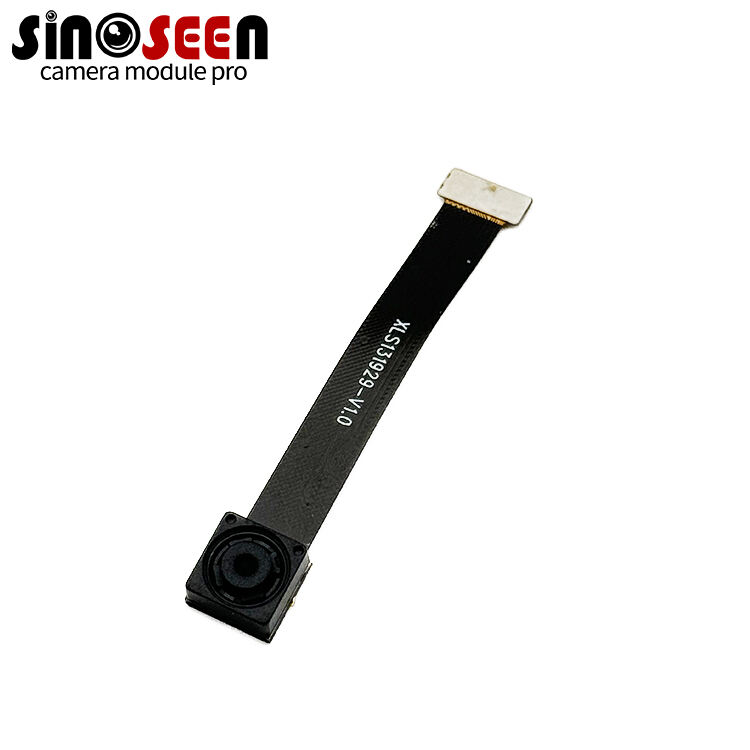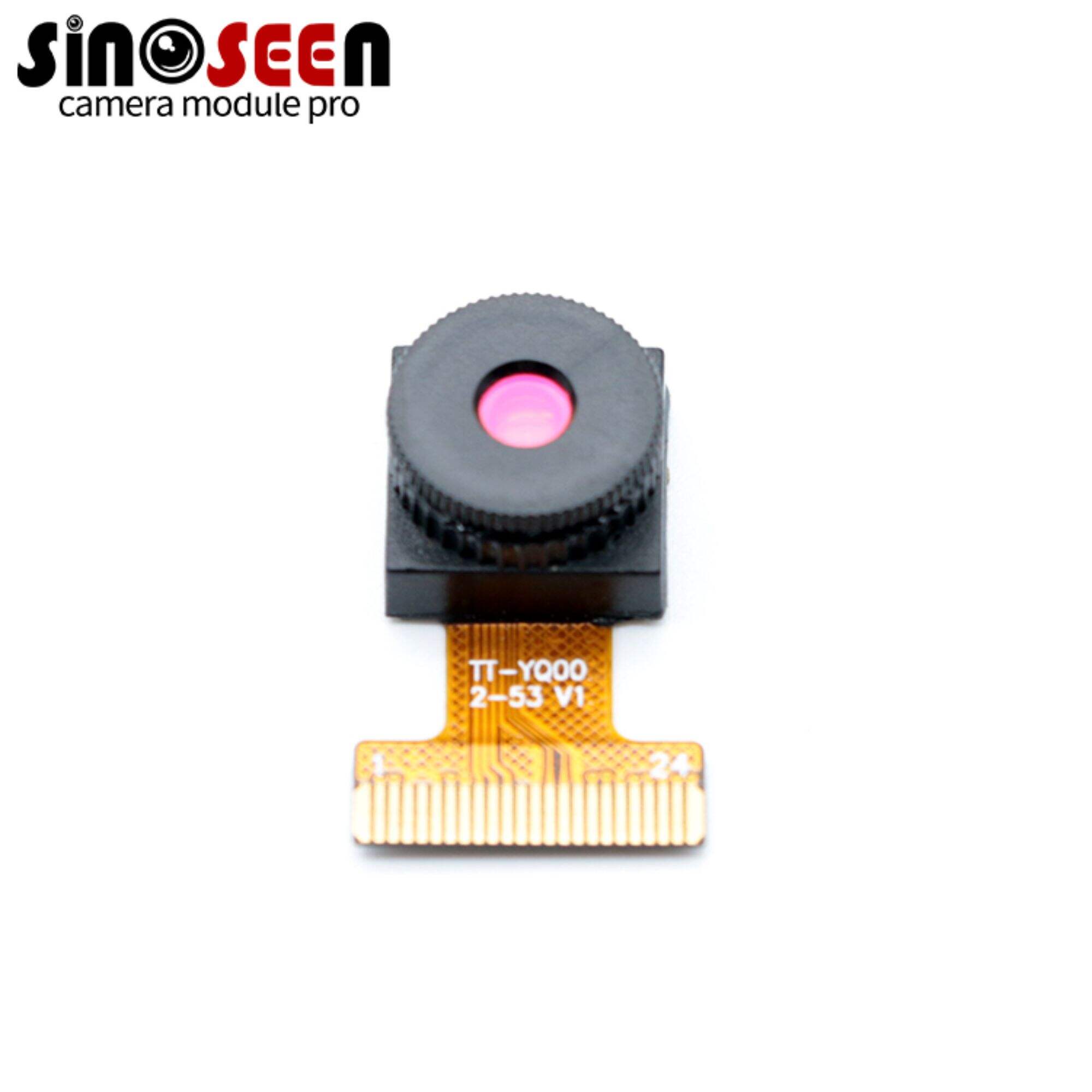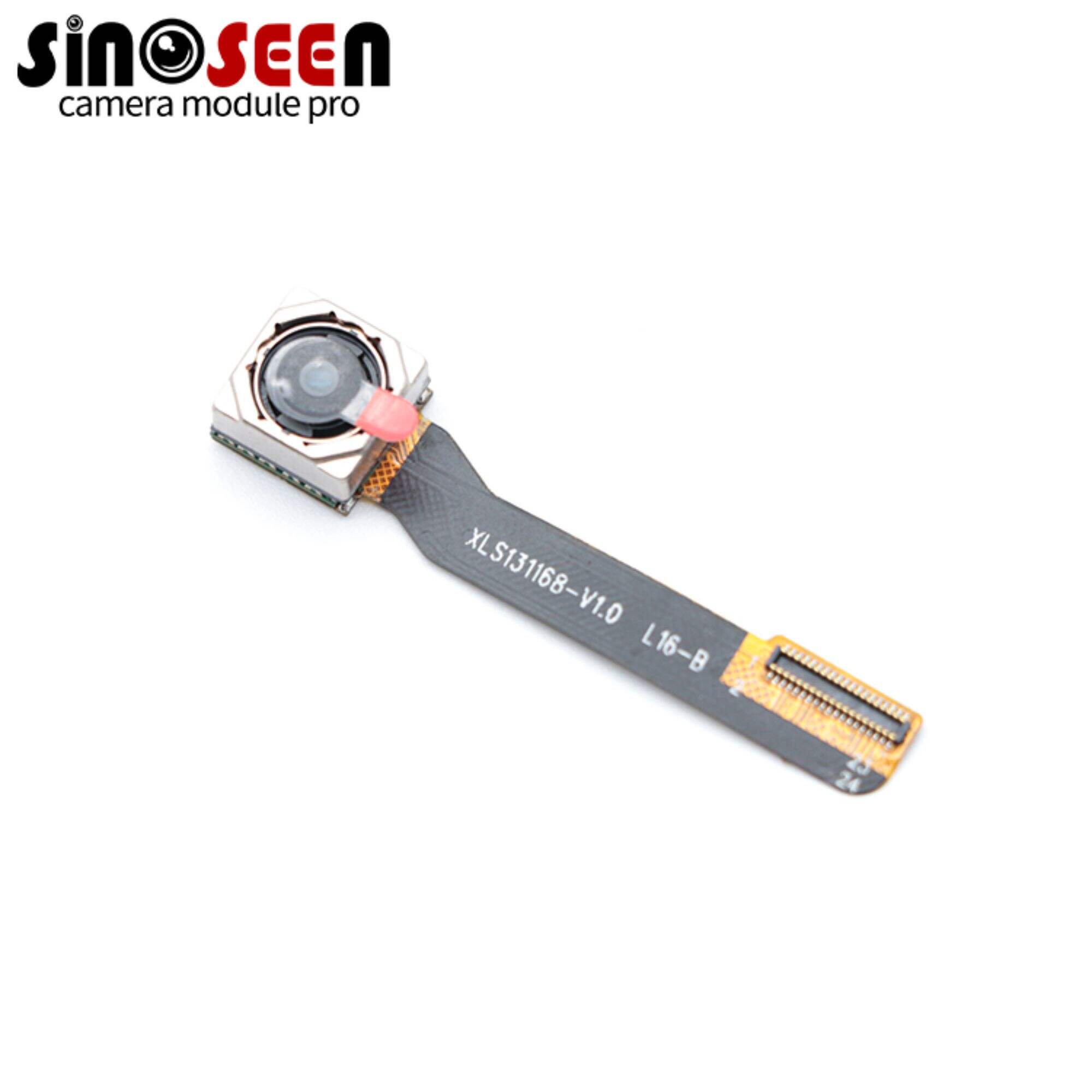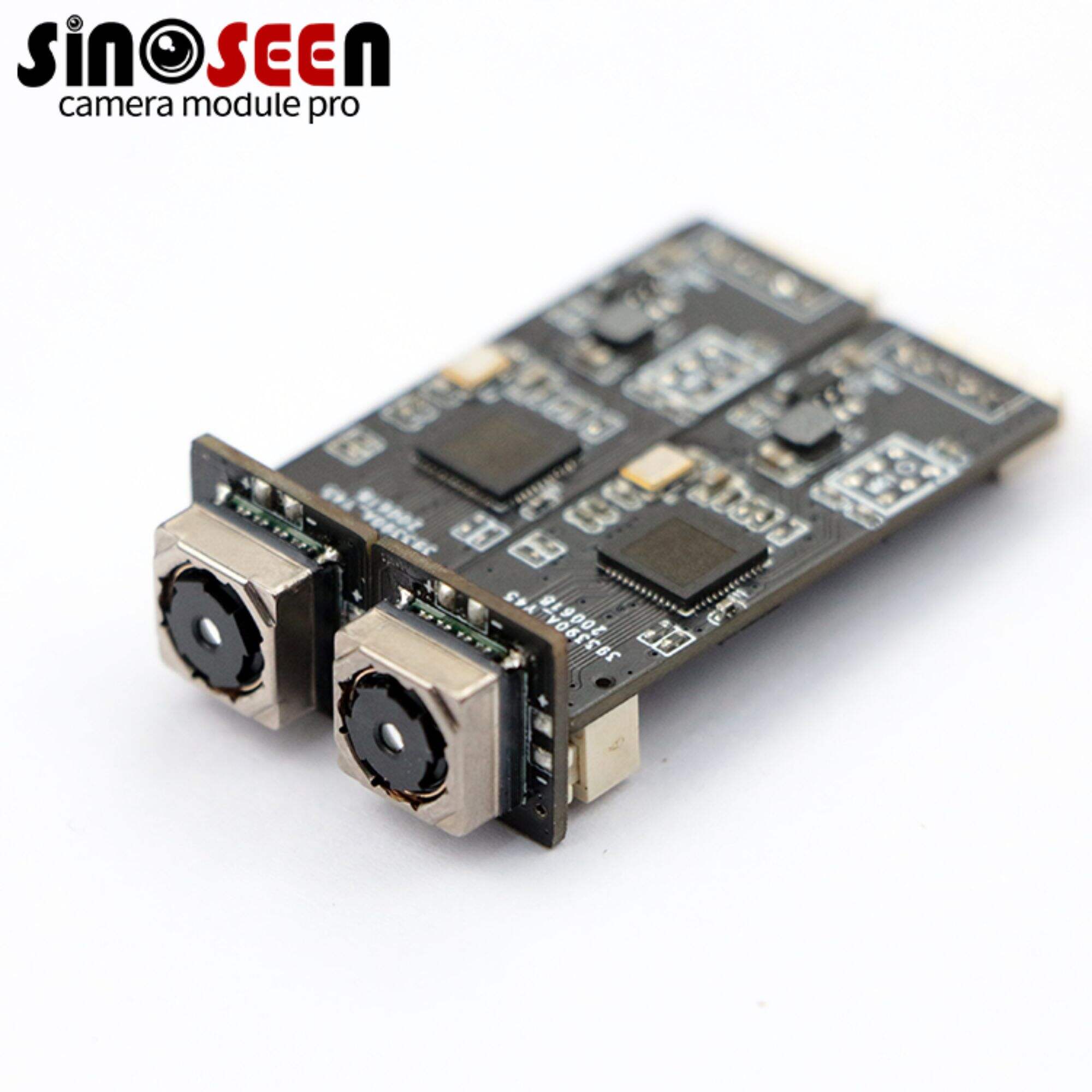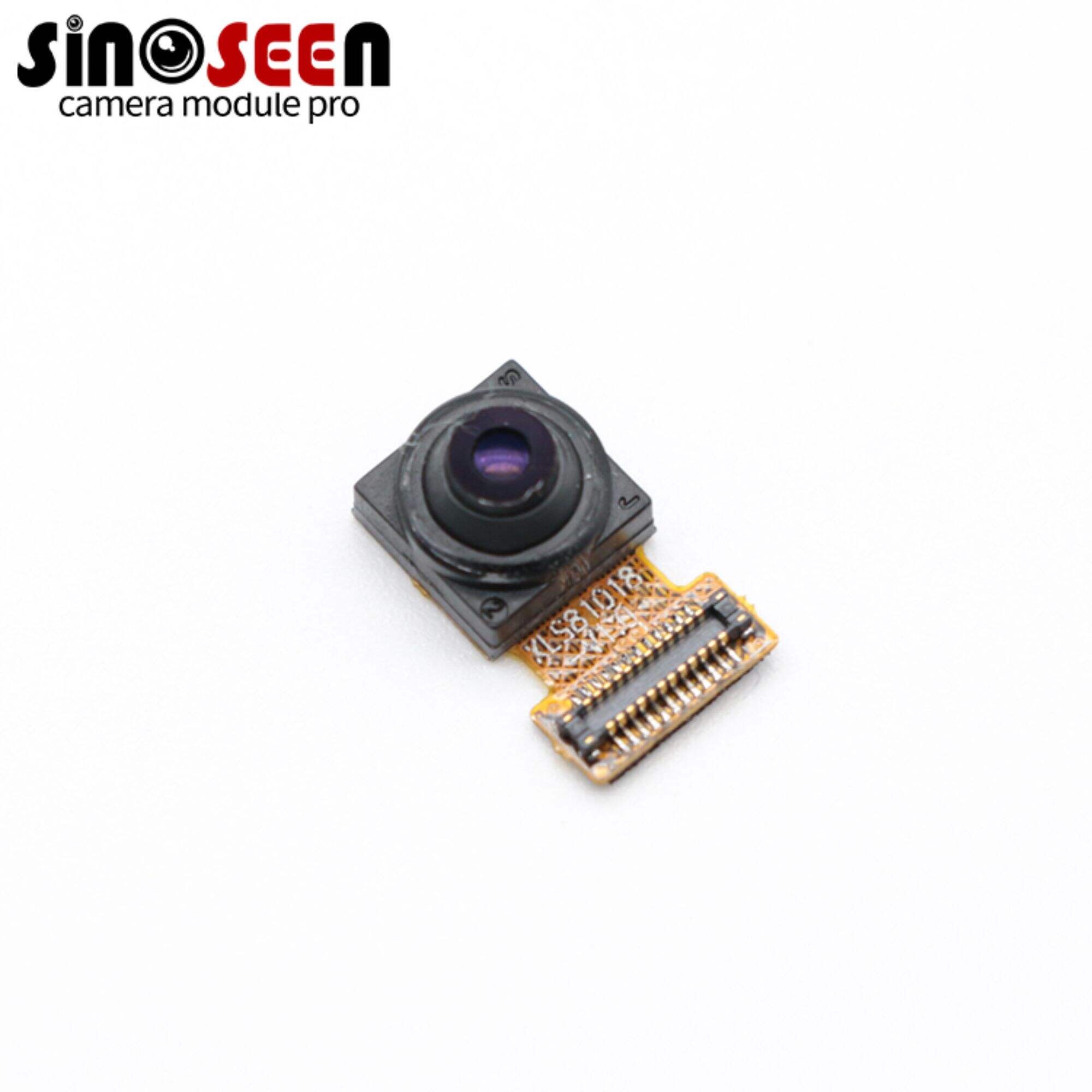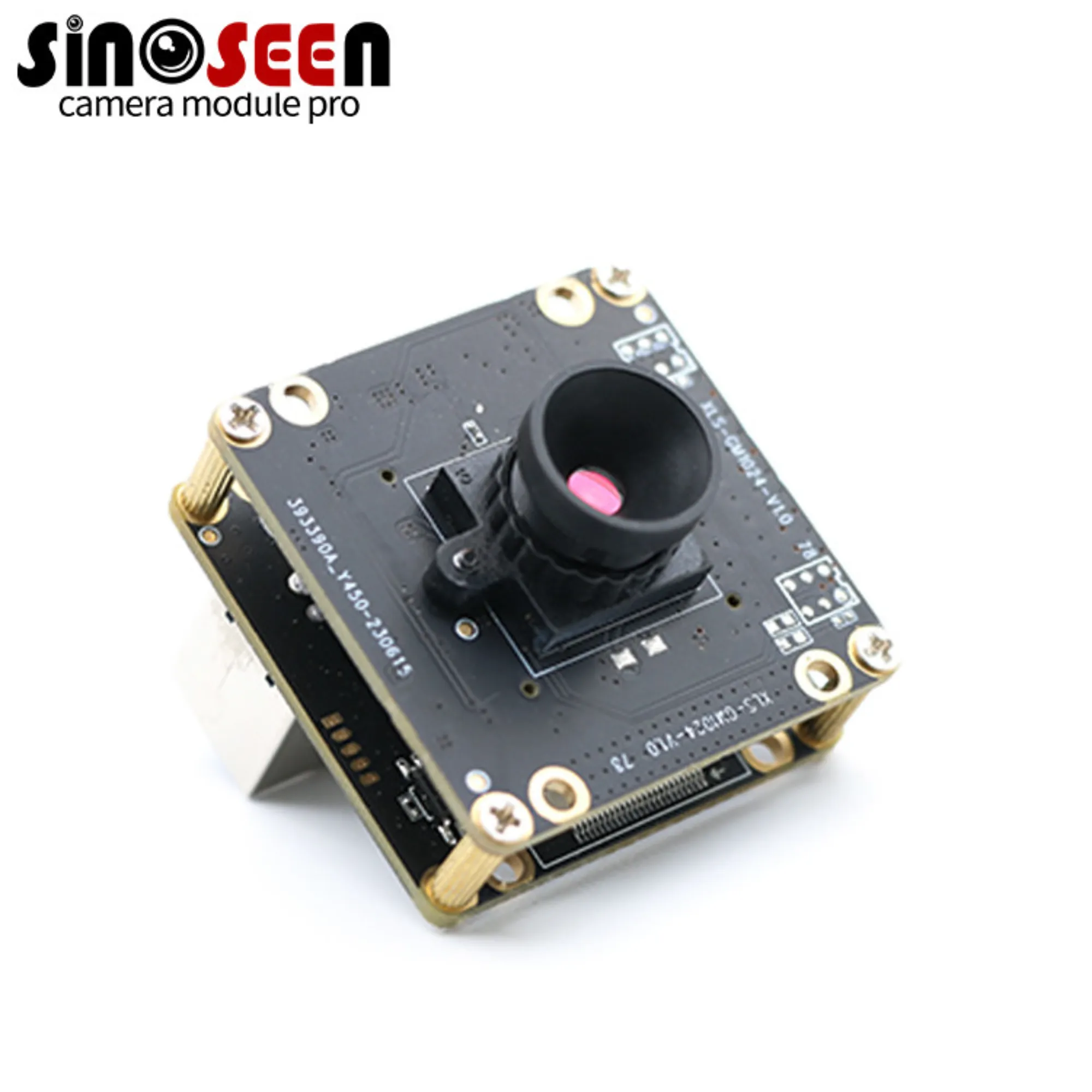How to Compare Omnivision Sensors with Other Brands
Omnivision Sensors are widely used in imaging devices across industries, from smartphones and security cameras to automotive systems and medical equipment. As a leading manufacturer of image sensors, Omnivision competes with other top brands like Sony, Samsung, ON Semiconductor, and STMicroelectronics. Choosing the right sensor requires careful comparison, as each brand offers unique strengths tailored to specific applications. This guide explains how to compare Omnivision Sensors with other brands, covering key factors like performance, features, compatibility, and cost to help you make an informed decision.
Understanding Omnivision Sensors and Their Market Position
Omnivision has built a reputation for producing high-quality, cost-effective image sensors since its founding in 1995. Their sensors are known for balancing performance and affordability, making them popular in consumer electronics, automotive, and industrial markets. Omnivision Sensors excel in areas like low-light imaging, compact design, and integration with advanced features (e.g., HDR, night vision). They cater to both mainstream and niche applications, from budget smartphones to high-end automotive cameras.
To compare Omnivision Sensors effectively, it’s important to first identify your needs: What device are you building? What imaging features are critical (e.g., resolution, low-light performance)? What is your budget? Answering these questions will guide your comparison with other brands.
Key Factors to Compare Omnivision Sensors with Other Brands
When evaluating Omnivision Sensors against competitors, focus on these critical factors, as they directly impact device performance and user experience:
1. Resolution and Pixel Size
Resolution (measured in megapixels, MP) and pixel size (measured in micrometers, μm) determine how much detail a sensor can capture. Larger pixels generally perform better in low light, as they can absorb more light.
- Omnivision Sensors: Omnivision offers a wide range of resolutions, from 2MP (for basic cameras) to 200MP (for high-end smartphones). Their pixel sizes typically range from 0.56μm (in compact high-res sensors) to 3.0μm (in low-light-focused models). For example, the Omnivision OV50A is a 50MP sensor with 1.0μm pixels, balancing detail and low-light performance.
- Competitors: Sony’s Exmor RS sensors often lead in large pixels for smartphones (e.g., 1.4μm in 50MP models), while Samsung’s ISOCELL sensors focus on high resolution with pixel binning (combining pixels for better low-light results). ON Semiconductor prioritizes larger pixels (2.0μm+) for industrial and automotive sensors, where low light is critical.
Comparison Tip: For low-light applications (e.g., security cameras), prioritize larger pixels over extreme resolution. Omnivision’s 1/1.5-inch sensors with 1.0μm+ pixels often compete well with Sony’s similar offerings in mid-range devices.
2. Low-Light Performance
Low-light performance is crucial for devices used in dim environments, such as security cameras, automotive night vision, and smartphone cameras. It is measured by metrics like signal-to-noise ratio (SNR) and dynamic range.
- Omnivision Sensors: Omnivision uses technologies like Nyxel® near-infrared (NIR) enhancement and pixel binning to improve low-light imaging. Their OV2710 sensor, for example, uses 3.0μm pixels and Nyxel tech to capture clear images in near-total darkness, making it popular in security cameras.
- Competitors: Sony’s Starvis sensors are renowned for low-light performance, with high SNR and large pixels (e.g., IMX415 with 2.0μm pixels). ON Semiconductor’s AR0234 sensor uses HDR and large pixels to excel in automotive low-light scenarios.
Comparison Tip: Test SNR ratings at low light levels (e.g., 10 lux). Omnivision’s Nyxel-equipped sensors often outperform similarly priced competitors in NIR sensitivity, useful for night vision applications.
3. Dynamic Range and HDR Capabilities
Dynamic range (DR) measures a sensor’s ability to capture details in both bright and dark areas of a scene. High dynamic range (HDR) technology extends this range, critical for outdoor cameras, automotive systems, and smartphones.
- Omnivision Sensors: Omnivision uses HDR modes like staggered HDR and multi-exposure HDR in sensors like the OV13850, which achieves up to 140dB dynamic range. This makes it suitable for automotive cameras, where bright sunlight and shaded areas coexist.
- Competitors: Sony’s Exmor sensors use dual-pixel HDR and multi-frame processing for DR up to 150dB. Samsung’s ISOCELL Bright sensors offer HDR10+ support for vivid color in high-contrast scenes.
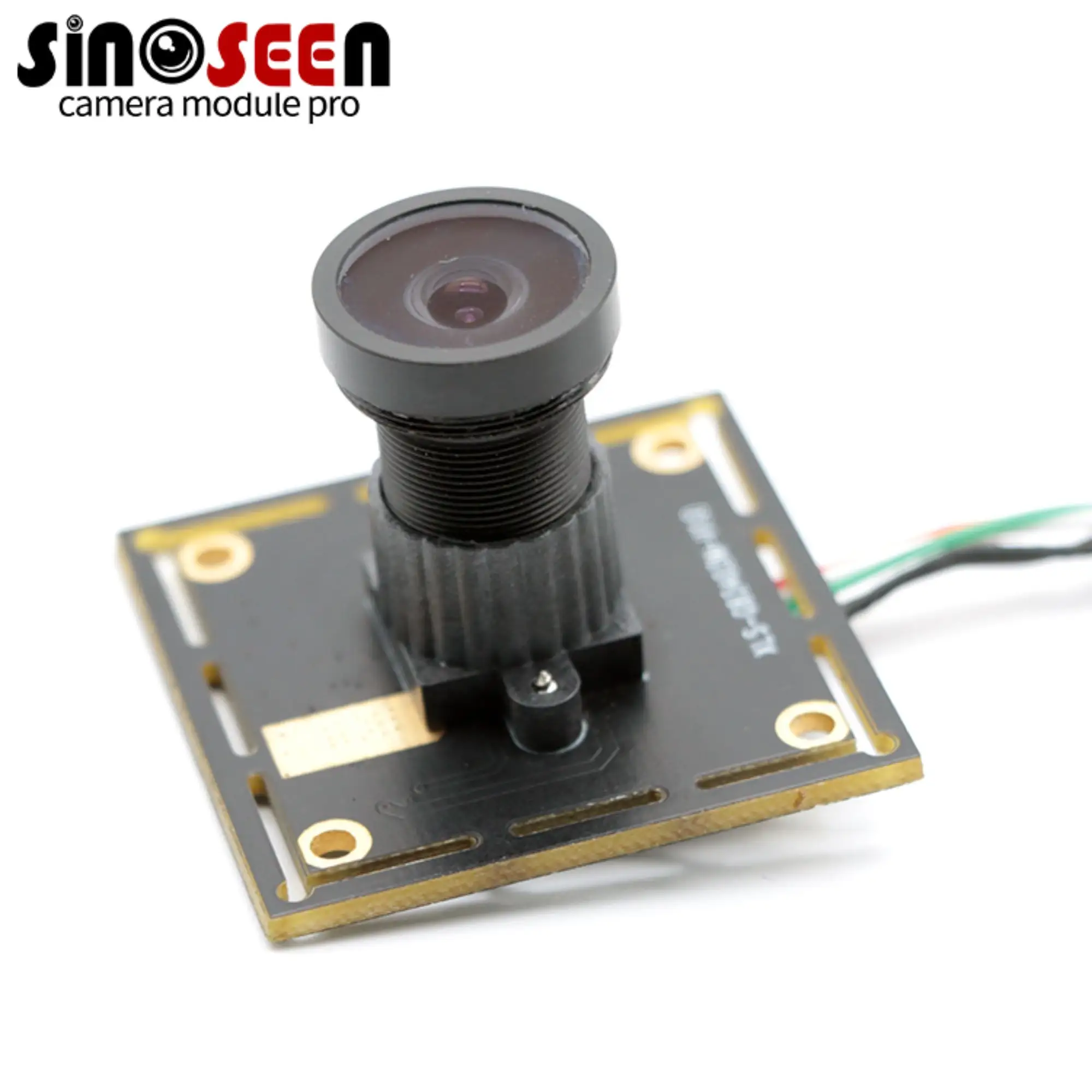
Comparison Tip: For automotive or outdoor use, prioritize sensors with DR above 120dB. Omnivision’s automotive-grade sensors (e.g., OX08B40) match Sony’s dynamic range in mid-range applications at a lower cost.
4. Power Consumption
Power efficiency is vital for battery-powered devices like smartphones, wearables, and drones. Sensors with lower power consumption extend device runtime.
- Omnivision Sensors: Omnivision focuses on low-power designs, with sensors like the OV7251 consuming less than 50mW in active mode. This makes them ideal for compact devices like fitness trackers and IoT cameras.
- Competitors: Sony’s low-power sensors (e.g., IMX219) are popular in Raspberry Pi cameras but may consume slightly more power than Omnivision’s budget models. STMicroelectronics’ sensors often prioritize ultra-low power for wearables.
Comparison Tip: Check standby and active power ratings. Omnivision’s entry-level sensors often have a 10–15% lower power draw than comparable Sony or Samsung models, benefiting battery life.
5. Integration and Feature Set
Modern sensors include integrated features like autofocus (AF), image stabilization, and AI processing, reducing the need for external components.
- Omnivision Sensors: Omnivision integrates features like phase detection autofocus (PDAF) and electronic image stabilization (EIS) in sensors like the OV64B, a 64MP smartphone sensor. They also offer AI-optimized sensors (e.g., OV50C) with on-chip processing for object detection.
- Competitors: Sony’s sensors often include advanced AF (e.g., dual-pixel AF in IMX866) and AI acceleration for computational photography. Samsung’s ISOCELL GN2 uses 8K video and laser AF for premium smartphones.
Comparison Tip: For devices needing built-in features, compare integration levels. Omnivision’s mid-range sensors balance features and cost, while Sony/Samsung lead in premium, feature-rich options.
6. Application Compatibility
Different industries have unique requirements: automotive sensors need ruggedness, medical sensors require high precision, and smartphones need compact designs.
-
Omnivision Sensors:
- Consumer Electronics: Omnivision dominates mid-range smartphones with sensors like the OV50A (50MP) and OV16A1Q (16MP).
- Automotive: Their automotive-grade sensors (e.g., OX03C10) meet ISO 26262 safety standards and support ADAS features like lane detection.
- Security: Sensors like the OV2710 with Nyxel tech are widely used in CCTV cameras.
-
Competitors:
- Sony leads in premium smartphones (IMX989) and automotive (IMX490).
- ON Semiconductor focuses on industrial and automotive sensors (AR0820) with rugged designs.
- Samsung excels in high-res smartphone sensors (ISOCELL HP3).
Comparison Tip: Match the sensor to your industry. Omnivision offers strong options in automotive and mid-range consumer devices, while Sony/Samsung lead in premium consumer electronics.
7. Reliability and Durability
For industrial, automotive, and outdoor applications, sensors must withstand extreme temperatures, vibrations, and moisture.
- Omnivision Sensors: Omnivision’s automotive sensors (e.g., OX08B40) operate in -40°C to 105°C temperatures and meet AEC-Q100 automotive standards. Their industrial sensors are dust and water-resistant (IP67 rated).
- Competitors: ON Semiconductor’s sensors are known for industrial durability (e.g., AR0144CS operates in -40°C to 85°C). Sony’s automotive sensors also meet AEC-Q100 but may cost more.
Comparison Tip: Check industry certifications (AEC-Q100 for automotive, IP ratings for outdoor use). Omnivision’s certified sensors offer comparable durability to competitors at a lower price point.
8. Cost and Value
Cost is a key factor, especially for mass-produced devices. Omnivision is often praised for offering strong value, but competitors may justify higher prices with premium features.
- Omnivision Sensors: They are generally 10–20% more affordable than Sony or Samsung in comparable specs. For example, a 50MP Omnivision sensor costs less than a similar Sony Exmor sensor, making them popular for budget to mid-range devices.
- Competitors: Sony and Samsung charge premium prices for top-tier sensors (e.g., 200MP models), targeting flagship smartphones. ON Semiconductor’s industrial sensors are priced higher but offer specialized durability.
Comparison Tip: Calculate total value, not just upfront cost. Omnivision’s lower prices often offset minor performance gaps in non-premium applications.
Practical Examples of Comparing Omnivision Sensors with Competitors
Example 1: Smartphone Camera Sensors
- Omnivision OV50A (50MP): 1.0μm pixels, HDR, 4K video, low power. Ideal for mid-range smartphones.
- Sony IMX866 (50MP): 1.4μm pixels, better low-light performance, dual-pixel AF. Used in flagship phones.
- Comparison: The OV50A offers 80% of the IMX866’s performance at 70% of the cost, making it better for budget-conscious brands.
Example 2: Automotive ADAS Sensors
- Omnivision OX08B40: 8MP, 140dB DR, AEC-Q100 certified, -40°C to 105°C operation.
- ON Semiconductor AR0234: 2MP, 120dB DR, similar temperature range, lower resolution.
- Comparison: The OX08B40 provides higher resolution and dynamic range for advanced ADAS, suitable for modern vehicles.
Example 3: Security Cameras
- Omnivision OV2710: 2MP, 3.0μm pixels, Nyxel NIR tech, excellent low-light performance.
- Sony IMX415: 2MP, 2.0μm pixels, Starvis low-light tech, slightly higher SNR.
- Comparison: The OV2710 outperforms the IMX415 in NIR sensitivity, making it better for night vision security cameras.
FAQ
What applications are Omnivision Sensors best suited for?
Omnivision Sensors excel in mid-range smartphones, automotive ADAS, security cameras, and IoT devices. Their balance of performance, cost, and features makes them ideal for mass-produced consumer and industrial products.
How do Omnivision Sensors compare to Sony in low-light performance?
Sony’s Starvis sensors generally have a slight edge in SNR for visible light, but Omnivision’s Nyxel-equipped sensors (e.g., OV2710) outperform Sony in near-infrared (NIR) sensitivity, making them better for night vision and security applications.
Are Omnivision Sensors more affordable than Samsung’s?
Yes, Omnivision Sensors are typically 10–20% cheaper than Samsung’s ISOCELL sensors with similar specs. Samsung’s premium sensors (e.g., 200MP models) target flagship devices and come at a higher cost.
Do Omnivision Sensors support HDR for automotive use?
Yes. Omnivision’s automotive sensors (e.g., OX08B40) offer HDR with up to 140dB dynamic range, suitable for capturing details in bright and dark areas—critical for ADAS and autonomous driving.
How can I test the performance of Omnivision Sensors vs. competitors?
Compare technical specs (resolution, pixel size, SNR, DR) from datasheets. For real-world testing, use sample sensors in your device to evaluate low-light image quality, HDR performance, and power consumption under typical use conditions.


 EN
EN
 AR
AR
 DA
DA
 NL
NL
 FI
FI
 FR
FR
 DE
DE
 EL
EL
 HI
HI
 IT
IT
 JA
JA
 KO
KO
 NO
NO
 PL
PL
 PT
PT
 RO
RO
 RU
RU
 ES
ES
 SV
SV
 TL
TL
 IW
IW
 ID
ID
 SR
SR
 VI
VI
 HU
HU
 TH
TH
 TR
TR
 FA
FA
 MS
MS
 IS
IS
 AZ
AZ
 UR
UR
 BN
BN
 HA
HA
 LO
LO
 MR
MR
 MN
MN
 PA
PA
 MY
MY
 SD
SD

